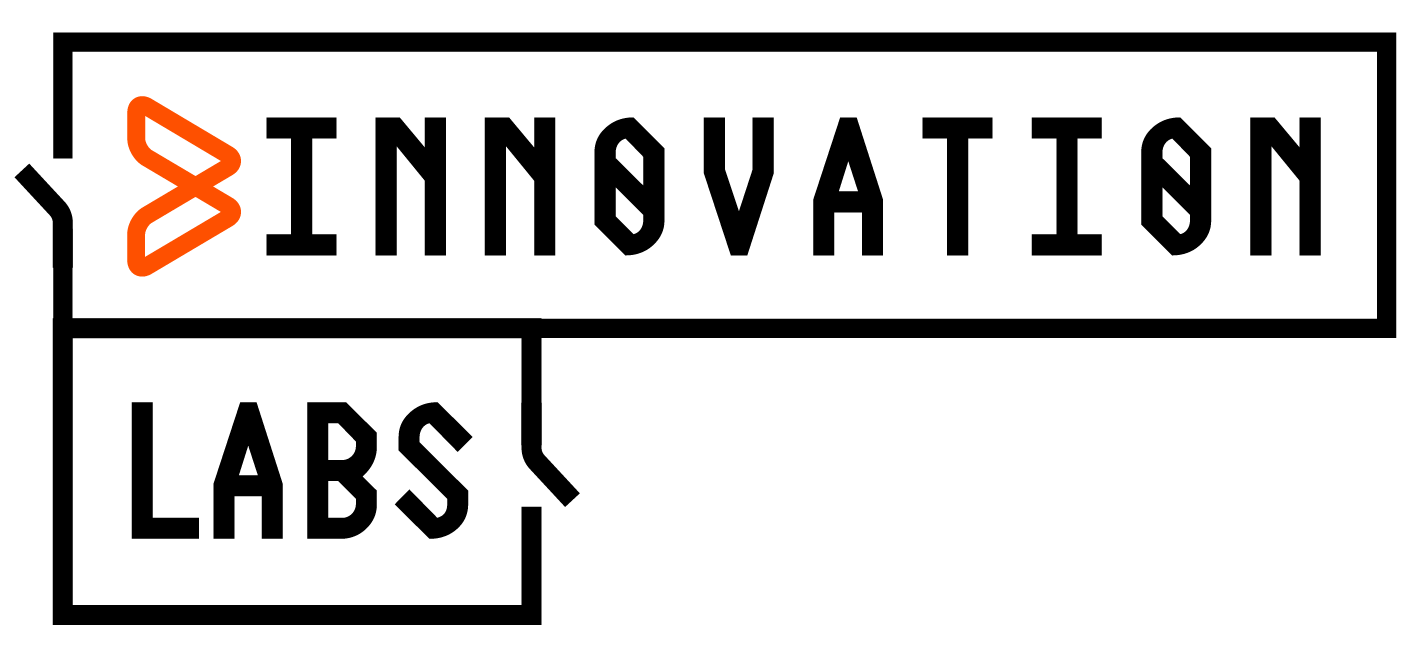Many of the conversations taking place around the Internet of Things (IoT) are incomplete without a mention of big data. Connected devices, sensors, and algorithms all operate in ways that involve massive amounts of data.
As organizations step into IoT, they must understand the symbiotic relationship between it and big data. For IoT deployments to really make an impact, they must provide some sort of useful tool or service, while also collecting relevant data. While much of the IoT conversation focuses on the devices themselves, the true potential of IoT extends well beyond hardware—in the data a device generates, the action it instigates, and the ultimate value it delivers.
As the volume and sophistication of connected technology increase, IT leaders must ensure devices, architecture, automation, and human intelligence are working in harmony to create superior end-user experiences. This is part of becoming an Autonomous Digital Enterprise, a future-state business framework and the evolution of growth-minded organizations looking to deliver value with competitive differentiation enabled by agility, customer centricity, and actionable insights.
As IoT technology becomes more entrenched in our everyday lives, industry-leading organizations understand that the devices are not the end game. Rather, when IoT technology, architecture, automation, and human intelligence work together in harmony, IT leaders can drive operational efficiency, reduce time spent on mundane, administrative tasks, and fortify network security to deliver enhanced end-user experiences. We’ll continue to see this vision come to life in stores, schools, and cities.
Defining IoT edge computing
Edge computing services and IoT are inseparable, with communications facilitated by edge computing services and digital transactions facilitated by IoT. The core of an IoT solution is typically a central IT system for storing, processing, and analyzing IoT data. And much of this IoT data often can be located in the cloud, away from the core.
Edge processing addresses the latency challenges this can present. An edge processing unit is a physical device, typically referred to as an IoT gateway, also called a fog node. It connects to devices that are away from the core (often referred to as devices “at the edge”) via communication protocols like Low-energy Bluetooth® or ZigBee. At the same time, it also connects to the core directly using high-speed internet.
These gateways also provide security and lifecycle management at the edge, so that the edge is a sustainable, manageable compute unit. The hardware used for gateways ranges from high-powered, rack-mounted servers to smaller devices with embedded ARM processors and everything in between.
An idealized vision of an IoT edge, AI-based computing solution
IoT edge computing describes the capability of processing, storing, and analyzing sensor data as well as decision making at IoT gateways. Edge services that support it should include the following:
- Persistence service: Store IoT data on IoT gateways, with IoT administrators configuring which data should be stored locally and setting a data aging policy.
- Streaming service: Analyze IoT data streams, with IoT administrators defining conditions with adjustable time windows to identify patterns in the incoming IoT data as a basis for automated events. For example, certain conditions can initiate transactions and notify appropriate parties.
- Business transaction service: Execute business transactions at the edge to provide continuity for critical business functions, even when the edge is disconnected from the core.
- Predictive analytics service: Use predictive models for analyzing the IoT data. The predictive algorithm is constantly “being trained” and improved in the core based on all available data. The resulting predictive model is then sent to the edge and applied there.
- Machine learning service: Apply deep learning algorithms at the edge specifically for image and video analysis.
- Visual analytics service: Visually explore IoT data stored on IoT gateways. IoT data analysts can visually inspect the data collected at the edge. For example, after an alert has been sent to the core, an analyst can dig into the details which led to the alert.
This vision offers a distributed programming model for the edge and the core, which allows the solution to be placed where it is optimal for a specific scenario and a lifecycle model for edge services, the edge platform, and the attached devices and sensors.
Conclusion
IoT edge computing is playing an increasingly important role in IoT solutions. The industry trend is to deploy functionality as microservices and use container technology for lifecycle management and other benefits that come from isolation. The Autonomous Digital Enterprise leverages relevant edge computing functionality such as persistence, stream processing, visual and predictive analytics, and other microservices designed for implementation on both existing and emerging edge platforms.
Originally published on LinkedIn.
Bringing New Ideas to Life
These postings are my own and do not necessarily represent BMC's position, strategies, or opinion.
See an error or have a suggestion? Please let us know by emailing blogs@bmc.com.







